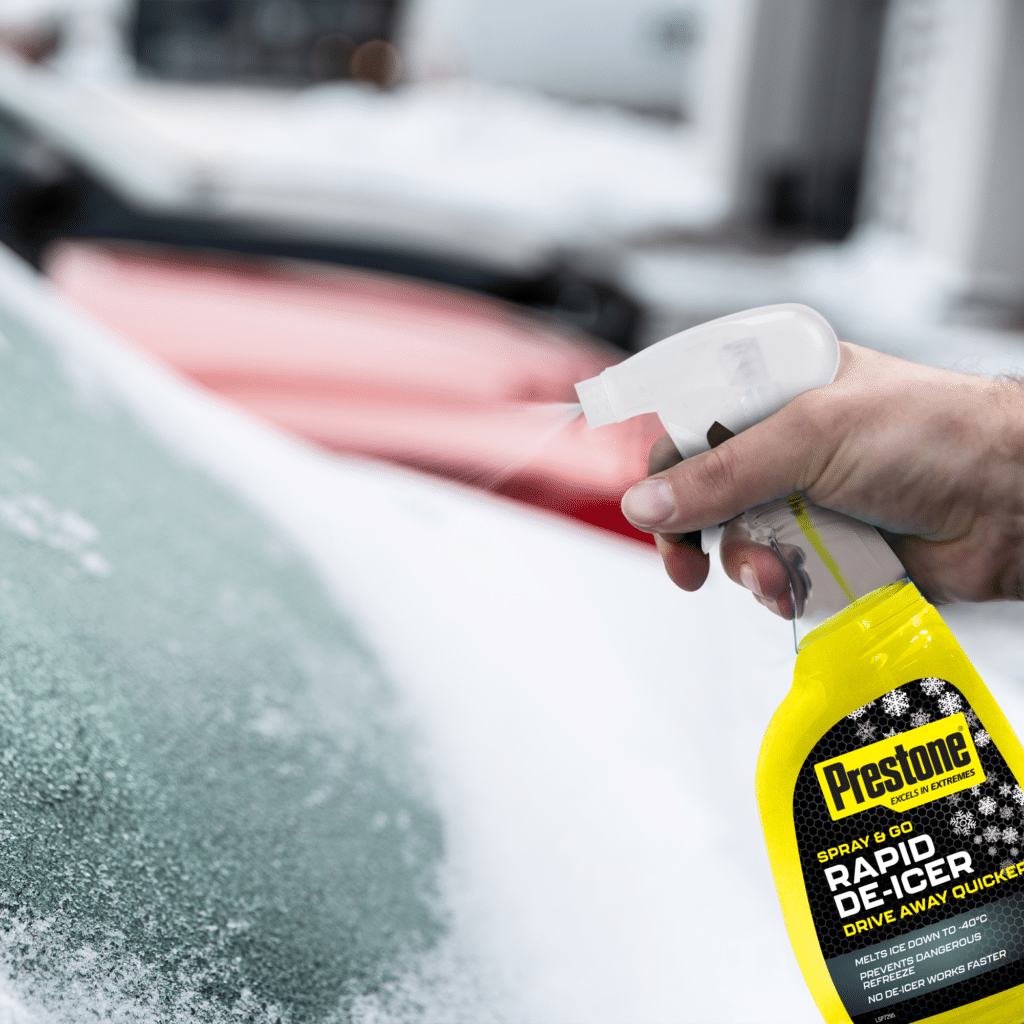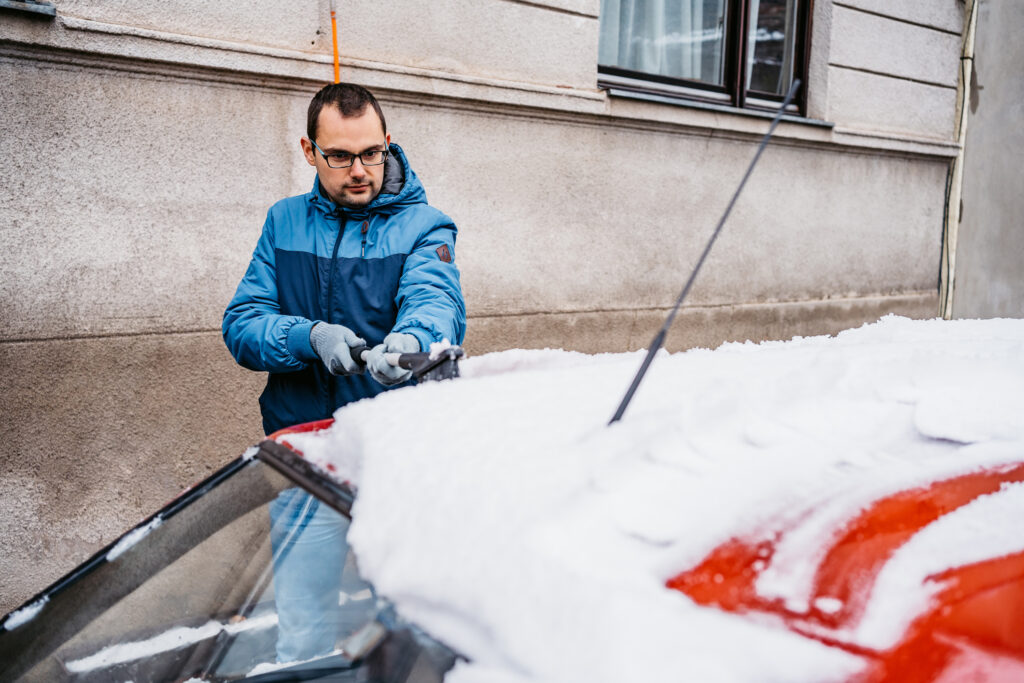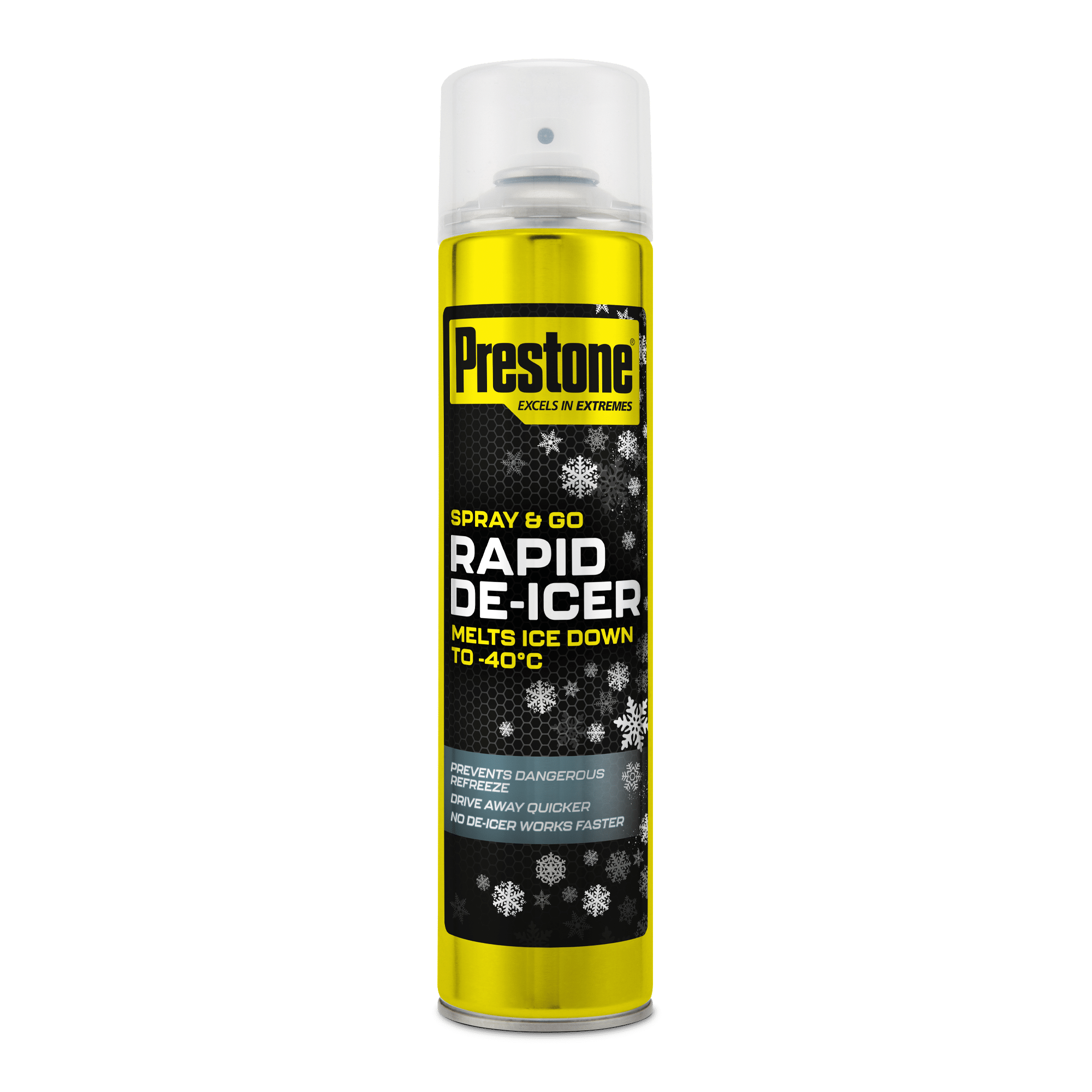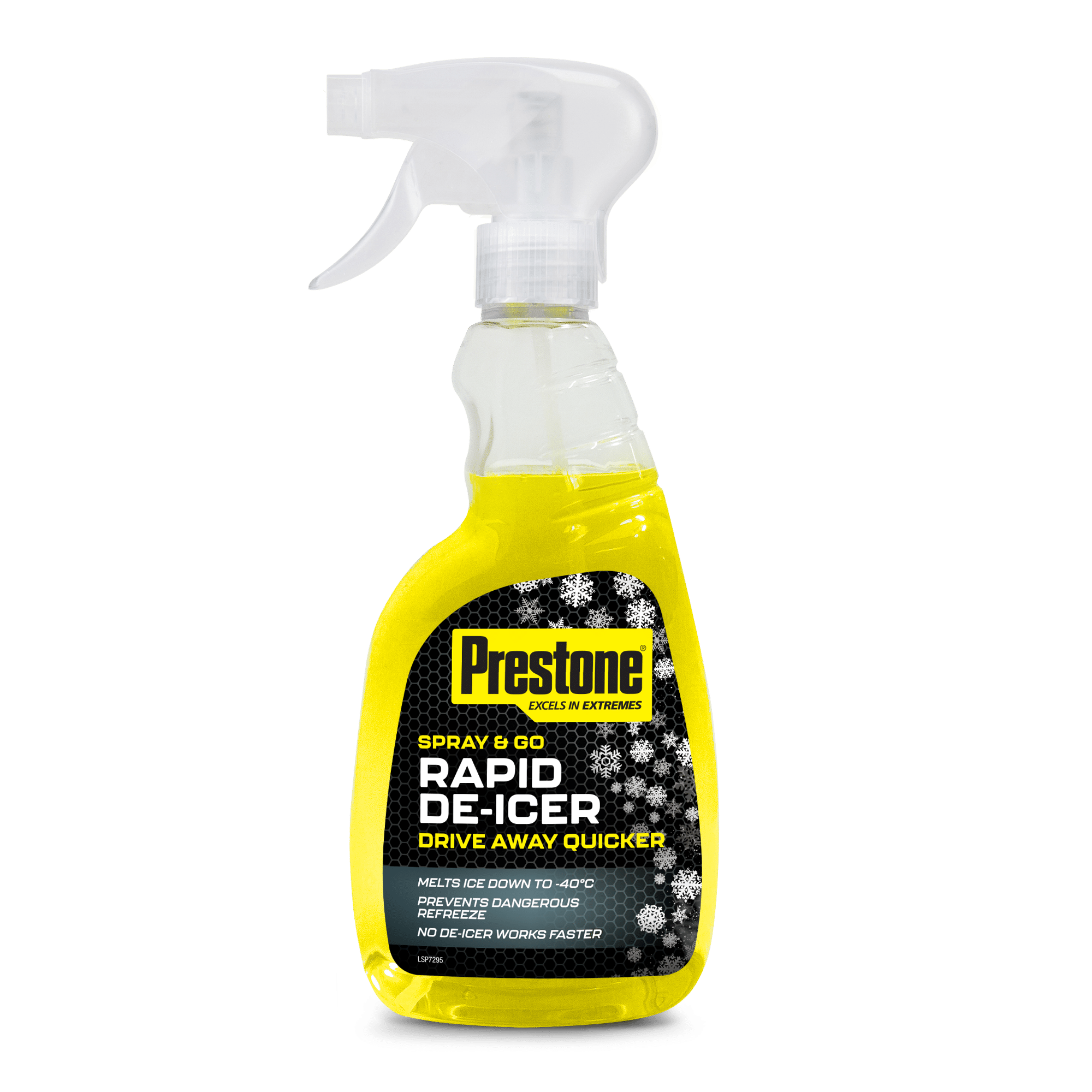It’s every driver’s worst nightmare. It was colder than you expected overnight, and you wake to find your car’s windscreen covered in a thick layer of ice.
With our complete guide to de-icing your car, this problem will be no more than a minor inconvenience when we equip you with the knowledge and tools you’ll need to deal with cold temperatures and frozen windscreens.
Here’s the tools you’ll need:
- Your car keys
- Ice scraper
- Brush
- De-icer
- Gloves and warm clothes
- Cloth
- Torch (for early mornings or late nights)
How to de-ice your car
Now it’s time to go through the steps to de-ice your car. Follow our step-by-step and frozen windscreens will be a thing of the past!
1. Start your car
Make sure the wipers are off and begin to defrost your car using the car’s heating system. Turn the A/C on, the heat up as high as it’ll go, and direct the vents at the windscreen. Your rear window will have a separate heating button, so be sure to press that too.
2. Remove accessible snow
Some snow you’ll be able to brush off without the need to scrape or use de-icer. By brushing this off, the de-icer will penetrate better rather than being diluted by the snow on top.
3. Spray de-icer

Once the loose ice and snow are removed from the car, you can spray de-icer to melt any remaining ice still covering your windscreen and windows. For thick ice, we recommend scoring the ice before spraying de-icer.
4. Let the de-icer work its magic and scrape away the ice
Leave the de-icer for a couple of minutes and then use the scraper to gently clear the melted ice.
5. Wipe away water
Using a cloth, wipe the windscreen and windows clean so that you can see clearly through them. Repeat steps 4 and 5 if the ice still persists.
Top tips for protecting your car during the colder months
If you’d like to avoid a frozen windscreen altogether, we’ve got some great tips to help you keep your windscreen nice and clear. Here they are!
Leave the car in a garage
Leaving your car in a garage overnight can help to reduce ice build-up because the garage will help to keep your car’s temperature above freezing. Plus, it’ll prevent snow from building up on your car.
Use protectors on the windscreen
Protectors work in a similar way to a garage, but they can be used anywhere. They lock the heat in from the car so that water cannot freeze on the surfaces.
Things to avoid when de-icing your car
Now that we’ve told you things that you should do to properly de-ice your car, it’s time to run through things you should avoid when de-icing your car. Some of these things are unsafe or dangerous so pay close attention.
Using warm water
Using warm water to defrost a cold windscreen can cause something called thermal shock. Thermal shock on a material like glass will cause it to shatter which isn’t what you want to happen on a cold winter morning.
Putting your engine on and leaving your car unattended
This one should be pretty self-explanatory, but leaving your car running and unattended is a pretty silly thing to do. Not only could it mean you’re using more energy than necessary because you’re not there to see when it’s defrosted, but it might also lead to the theft of your vehicle. If you turn your car on to defrost the windscreen, make sure you stay with it.
It’s worth noting that most insurance policies do not cover theft if the car is left unattended while it’s running, so you could find yourself severely out of pocket.
Using your bare hands
Even if your hands are clean, they will likely have oils on that can mark the windscreen and affect your visibility while driving. On top of this, it can also be incredibly painful to use your bare hands to clear ice with the extreme cold and sharpness of it.
Rolling windows down to defrost them
Although it might seem like a quick way to de-ice the windows of your car, it’s also a quick way to damage the electronics of your windows by forcing them to work harder than they are able to. Before attempting to roll your windows down, make sure they are entirely clear of frost and ice.
Only de-icing your car partially

Partially de-icing your car can be incredibly dangerous because it may hinder your vision. Ice that’s still on your windscreen is obviously going to block your vision, but loose ice that remains on the roof of your car can shift from the roof onto your windscreen, offering quite the surprise when you’re driving.
By following our steps and top tips, frozen windscreens can be a thing of the past and you can begin your journey safely and quickly! For more car guides, head over to our Blog page or remember to make use of our high-quality products to meet all your car maintenance needs.


